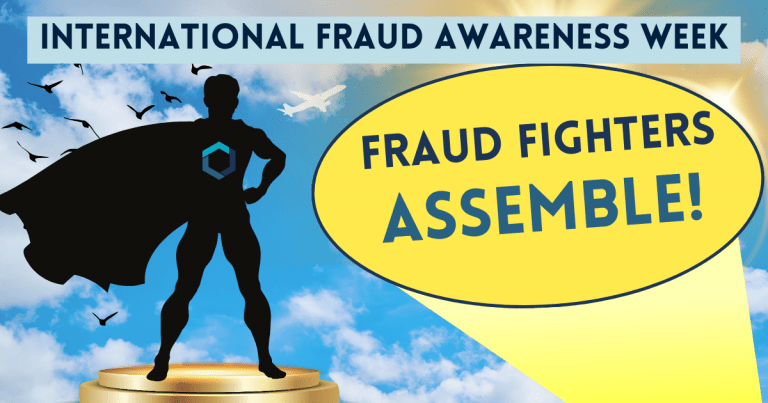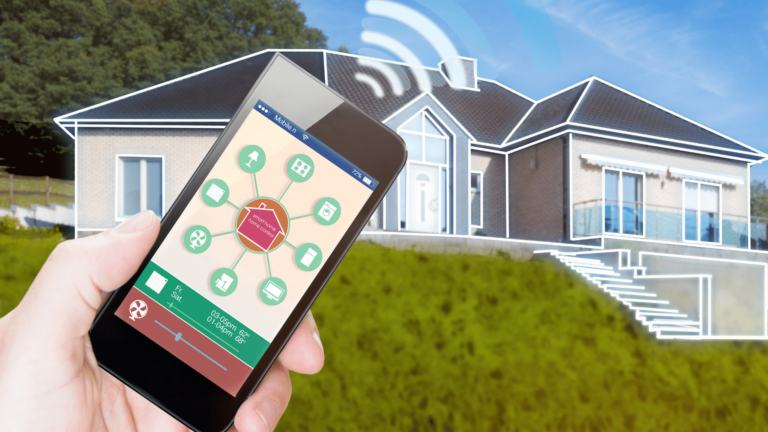5 Things Kids Need To Know To Avoid Infection
cybersafety for kids
“Why?” – every kid’s favourite question. Just like a medical infection – you don’t want one! Your phone battery only lasts a few minutes. Your tablet is constantly being deluged with popups. Your PC slows to a crawl. Your contacts receive weird emails supposedly from you. Your photos are accessed and copied by a stranger. Your name and other personal information gets sold on the dark web. Your home network is accessed and the infection spreads to other devices in your home.

Malicious apps are designed to infect your computer with ‘malware’. One of our high school volunteers created this resource to help her peers avoid them! Check it out:
The malware could be:
1. Be Alert
Apps like games, quizzes, wallpapers, etc. designed to attract kids are being used more frequently. Hackers are counting on kids’ voracious appetite for the latest and greatest app to overpower their caution. If kids are aware that they are targets they can be extra vigilant.

2. Avoid ‘Side-Loading’ Apps
Only download apps from a recognized source. Turn on safety settings in your bowser that alert you when an app is not from a recognized source. Keep in mind that this is not foolproof. Google Play Store and Apple’s App Store are regularly removing apps that contain malware. Some apps still get through and many are downloaded before they are spotted and removed.
3. Review App Permissions Regularly
iOS 16 for iPhone users has a handy tool for this. Android users need to follow these steps. Look for apps that have access to your camera, contacts, location, notes, etc. Review apps after downloading them and then again after every update. Often, apps start out ‘clean’, then malware is added when the app is updated.
4. Run anti-virus and ad-blocker software
These can help prevent infection in the first place and remove malware if it does get downloaded. Also be sure to update your operating system as soon as a system update becomes available. Often updates are created to respond to a newly detected vulnerability.
5. Be Skeptical
One of the #UnHackable principles! Before downloading, kids should skim the privacy policy to see what information is being collected. You might be shocked by what some ‘legit’ apps track. Don’t trust the reviews of an app – they are often faked by malicious app developers. Kids should try to figure out how the developer is making money from the app if it’s free to download. Is the app likely filled with ads, in-app sales, and/or malware?










